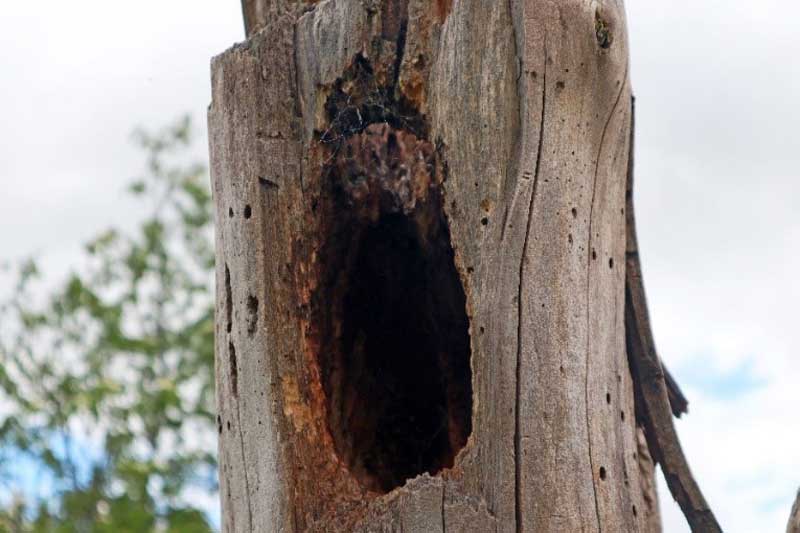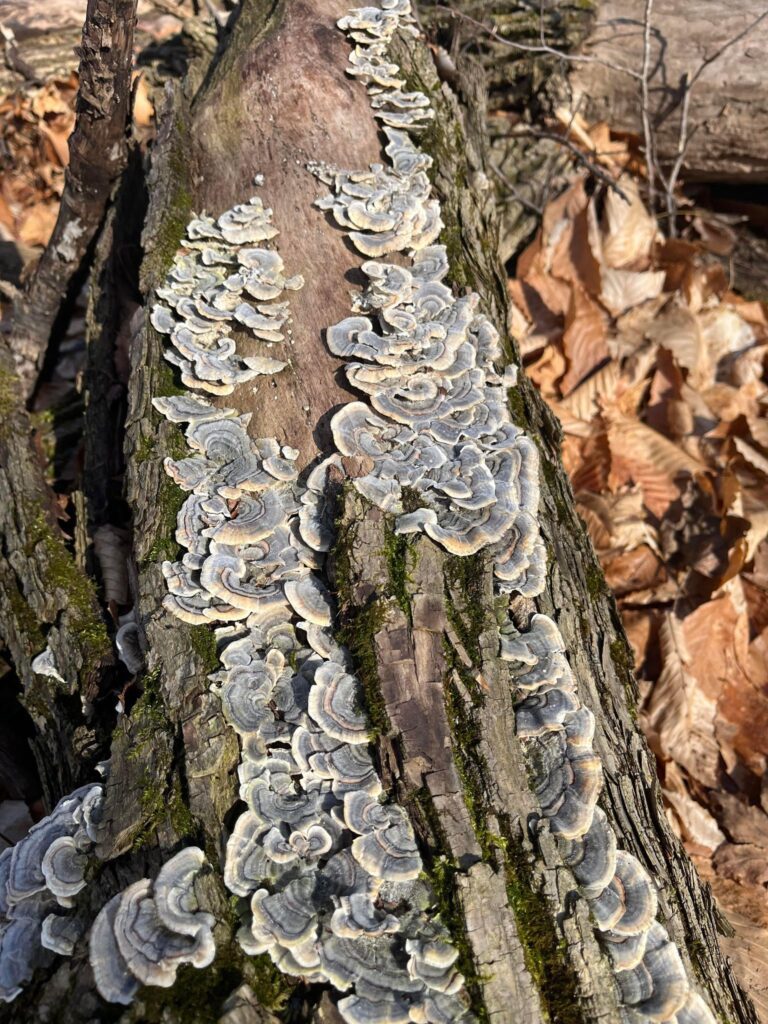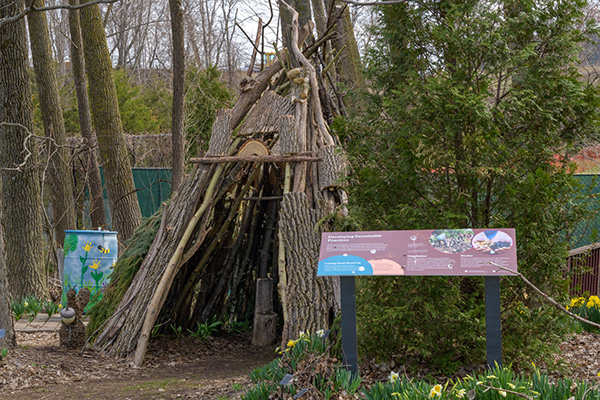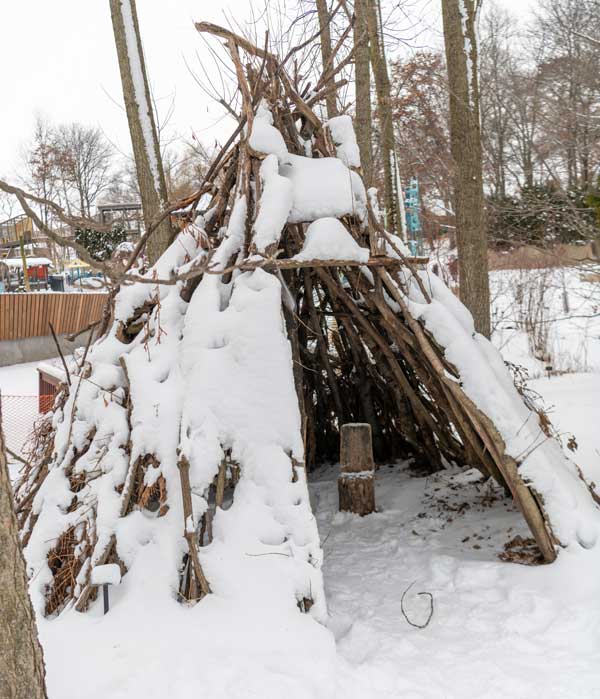You may be tempted to remove dead wood that is lying in your landscape and put it in your trash or add it to the compost pile, but dead wood is more helpful to your landscape than you may realize.
Dead wood plays a very important role in our environment. It can provide a habitat for wildlife, release nutrients, and help spawn new life. In today’s world, agriculture professionals and scientists are helping promote the practice of letting dead wood lie.

A Home for All
There are more than 1,200 wildlife species in the United States that rely on dead or dying wood for their home. Woodpeckers, beavers, beetles, fish, reptiles, and more all depend on dead wood.
Many birds make their homes in upright dying trees called snags. Snags are standing dead or dying trees that are easy to manipulate into homes. Snags provide the optimal spot for birds to call home. They are able to use hollow cavities to raise their young that is high off the ground and away from predators. Woodpeckers are able to peck into the dead wood easily to create a whole new cavity!


PC: John Oates Photography
Life After Death
After a tree dies and has fallen, they are still able to serve a greater purpose, providing nutrients back into the soil.
When a tree falls, it opens up a whole new area for more sunlight. This attracts fungi, insects, and bacteria. With their help, they turn they turn the tree into humus, but not the yummy chickpea hummus. Humus is the organic component of soil. This specific component helps support and encourage new life.
Fallen trees that provide nutrients, water, and protection from plants are called “nurse logs”. Just like the nurses we have, they help create an ideal and healthy environment for seedlings, mosses, lichens, and fungi to grow.


Let It Lie
In recent years, agriculture professionals are showing the importance in letting snags and dead wood lie. They not only promote a healthy and thriving environment, they also help store carbon. Dead wood is able to suck in the carbon from the atmosphere, which results in helping reduce greenhouse gasses that promote climate change.
It’s sometimes impractical to leave dead wood lying in the middle of your landscape or in areas that could possibly be dangerous.
To prevent hazards in your landscape, instead of disposing of dead wood, designate a spot in your landscape to make a pile. It could be far in the corner where no one will see it, or on the edges so you can easily see the magic that dead wood brings.

Dead wood is an important aspect of our environment. Even though the trees life has come to an end, they help start new life! Whether it be a cozy home for baby birds, or creating healthy soil for the environment, it’s important to consider letting larger limbs and tree logs lie.
If you would like to learn more about how dead wood helps you, the environment, and even your landscape, visit Green Bay Botanical Garden to check out Habitat! Explore a fort constructed out of dead wood, and even see our dead wood pile starting new life in the Dead Wood Is Life display.


Habitat was developed by Smithsonian Gardens and is made available by the Smithsonian Institution Traveling Exhibition Service. A small number of displays are not accessible at this time due to snow-covered paths.












